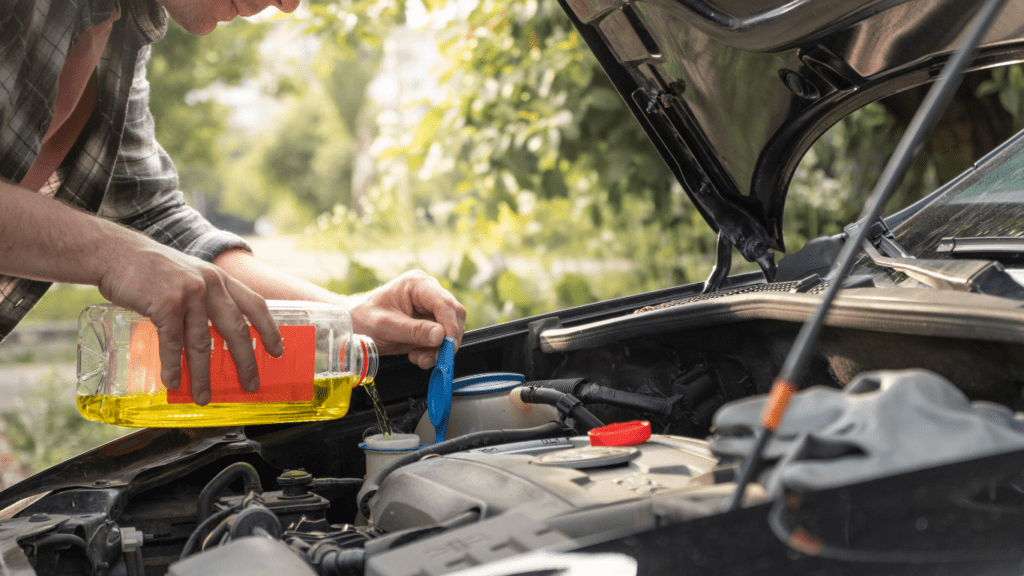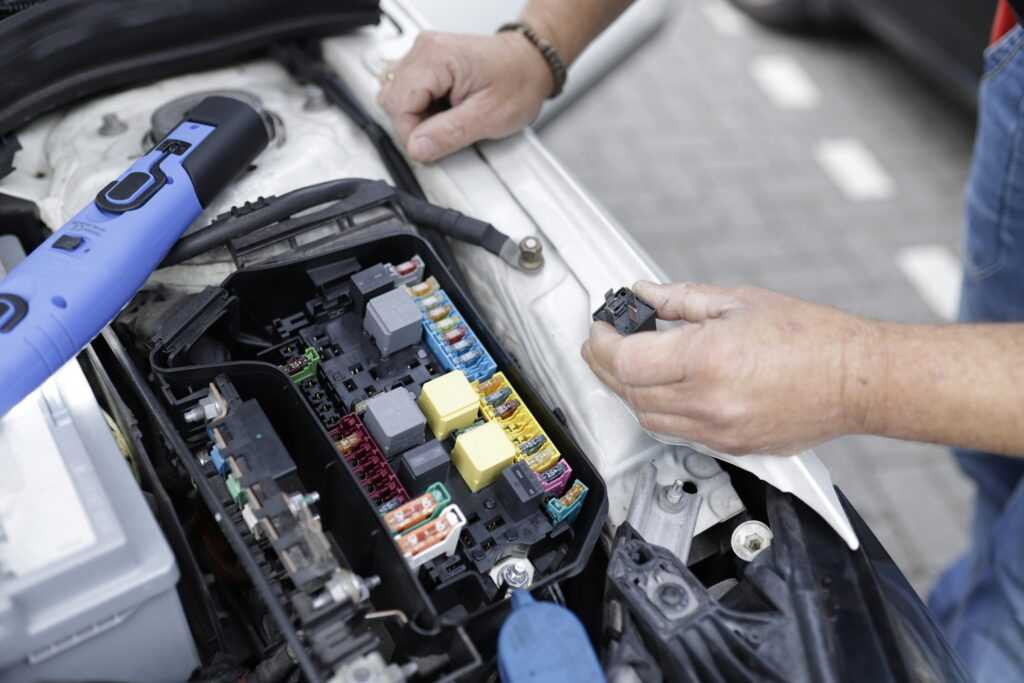Regular Maintenance
Consistent upkeep ensures optimal car performance and increases vehicle longevity. The following subheadings provide detailed insights into essential maintenance tasks.
Scheduled Services
Staying on top of the manufacturer’s recommended service intervals is crucial. Regular services include:
- inspecting brakes
- replacing filters
- checking fluid levels
Following the service schedule helps identify potential issues before they become serious problems. For example, inspecting brake pads during each service can prevent expensive replacements later.
Oil Changes
Timely oil changes keep the engine running smoothly by reducing friction and wear. Most manufacturers recommend changing the oil every 3,000 to 5,000 miles. Fresh oil ensures the engine’s internal parts remain lubricated, reducing the risk of overheating and damage. Always use the oil type specified in the owner’s manual for optimal performance.
Tire Care
Proper tire maintenance boosts both safety and fuel efficiency. Regularly checking tire pressure and aligning wheels can prevent uneven wear. Rotate tires every 6,000 to 8,000 miles to ensure even tread wear across all tires. Inspect tires for cuts, bruises, and punctures to avoid unexpected blowouts.
Fluid Checks

Regular fluid checks keep your car running smoothly and prevent potential issues. Monitoring fluids ensures optimal engine performance and safety.
Engine Oil
Engine oil lubricates and cools engine parts. Check the oil level using the dipstick, ensuring it’s between the “Min” and “Max” marks. Change the oil according to the manufacturer’s schedule, typically every 5,000 to 7,500 miles. Use the recommended oil type for your vehicle. Regular oil changes prevent sludge buildup and reduce engine wear.
Coolant
Coolant regulates engine temperature and prevents overheating. Verify the coolant level when the engine is cool, ensuring it’s between the “Low” and “Full” marks on the reservoir. Replace the coolant every 30,000 to 50,000 miles for optimal performance. Use the correct coolant type specified in your owner’s manual. Maintaining proper coolant levels prevents engine damage and ensures efficient temperature control.
Brake Fluid
Brake fluid transmits force to the brakes for stopping power. Check the brake fluid level, keeping it near the “Max” mark on the reservoir. Replace the brake fluid every 20,000 to 45,000 miles or as recommended by the manufacturer. Use the specified fluid type to ensure compatibility. Regular brake fluid checks ensure consistent braking performance and enhance safety.
Regular fluid checks contribute to your vehicle’s longevity and performance. Adhere to the recommended service intervals and use the correct fluid types to keep your car in top condition.
Engine Health
Maintaining engine health is key to keeping your car running smoothly. Regular checks and timely replacements help ensure optimal performance and longevity.
Spark Plug Inspection
Inspecting spark plugs improves engine efficiency. Check for wear or deposits every 30,000 miles. Faulty spark plugs cause misfires and reduce fuel efficiency, resulting in poor engine performance. If spark plugs show significant wear, replace them to maintain optimal ignition and fuel consumption.
Air Filter Replacement
Replacing the air filter ensures clean airflow to the engine. A clogged air filter restricts airflow, reducing engine power and fuel efficiency. Check the air filter every 12,000 to 15,000 miles. Replace it if it’s dirty to keep the engine breathing efficiently, which helps maintain performance and extends engine life.
Timing Belt
The timing belt synchronizes the crankshaft and camshaft. Inspect it every 60,000 to 100,000 miles as recommended by the manufacturer. A worn or broken timing belt can cause severe engine damage. Replace it at the recommended intervals to avoid costly repairs and ensure the engine runs smoothly.
Battery Maintenance
Battery maintenance ensures a reliable vehicle start and prevents unexpected failures. Below are key practices to keep your car battery in optimal condition.
Cleaning Terminals
Dirty terminals can cause starting problems. To clean them, disconnect the battery, starting with the negative terminal. Use a wire brush and a mixture of baking soda and water to scrub off the corrosion. Rinse with water and dry thoroughly before reconnecting. Clean terminals ensure a solid connection and prevent power loss.
Checking Voltage
Checking battery voltage helps in diagnosing potential issues. Use a digital voltmeter for accuracy. A fully charged battery typically reads 12.6 volts or higher. If it reads below 12.4 volts, the battery might need charging or replacement. Regular voltage checks help identify issues early, ensuring your vehicle remains reliable and efficient.
Driving Habits
Driving habits significantly impact your car’s longevity and performance. Implementing certain practices can help keep your vehicle running smoothly.
Avoid Hard Stops
- Avoiding hard stops reduces brake wear and improves fuel efficiency.
- Gradual braking minimizes stress on the brake system, extending the lifespan of brake pads and rotors.
- Instead of slamming the brakes at traffic lights, start decelerating earlier.
- Hard stops can cause heat buildup in the braking system, potentially leading to brake fluid degradation.
- Properly anticipating stops and maintaining a safe following distance helps preserve your car’s brakes.
Maintain Steady Speed
Maintaining a steady speed boosts fuel economy and lessens engine strain. Sudden acceleration and deceleration decrease a car’s efficiency by increasing fuel consumption. Using cruise control on highways helps keep a consistent speed, leading to lower fuel usage. In urban environments, smooth and gradual changes in speed prevent unnecessary wear on the engine and transmission. For instance, instead of accelerating quickly when a traffic light turns green, gradually increase speed to optimize engine performance.




